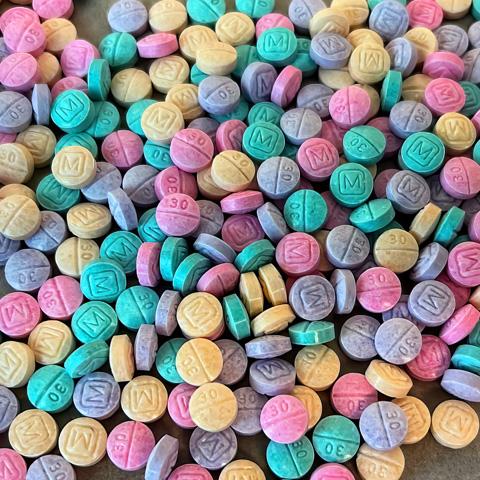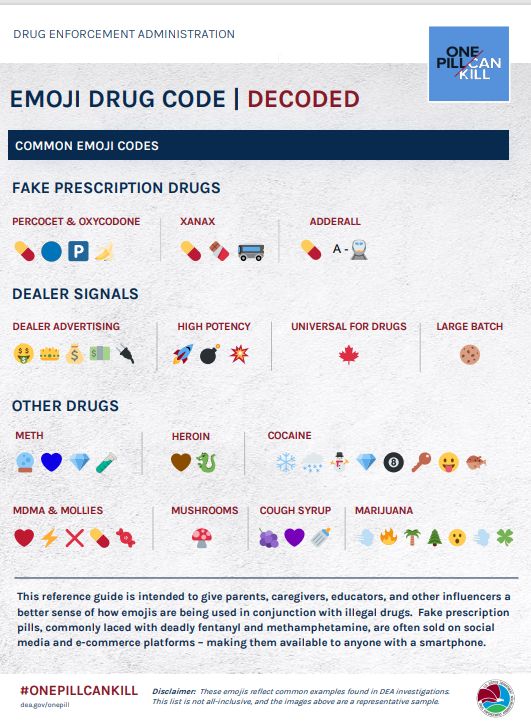The fentanyl crisis facing Yavapai County’s youth

Being a kid can come with its own stressors like less-than-ideal family life, poor school performance or navigating a toxic social circle of bullying or worse. These factors can lead them to look for “the great escape” in the world of alcohol or drugs.
Yavapai County’s youth are no different. Unfortunately, the highly-addictive fentanyl is a drug of choice in Arizona that is fairly easy to get for anyone wanting that escape.
Accidental and undetermined drug overdose deaths increased in Yavapai County from 47 deaths in 2018 to 68 deaths in 2019, according to the county medical examiner’s office. Opioids contributed to about 35% of the county’s 2019 overdose deaths, according to a report by the U.S. Drug Enforcement Agency (DEA).
The JournalAZ reported, “Of the 82 accidental drug deaths in 2020, 42 of them … had fentanyl in their system.”
Merilee Fowler, the executive director of MATForce, a coalition to reduce substance abuse in Yavapai County, shared with Fox10 Phoenix that “in our county, we’ve had nine teenagers who have died. Five of them in 2020.” The news agency reported that “in Yavapai County, the number of fentanyl deaths stood at 40 in 2020, compared to 9 in 2019.”
The Yavapai County Overdose Fatality Review Board Annual Report 2022 found:
- 74 drug overdose deaths in 2021 in Yavapai County
- 59% of overdose deaths involved fentanyl
What is fentanyl?
The National Institute on Drug Abuse (NIDA) defines fentanyl as a “powerful synthetic opioid that is similar to morphine but is 50 to 100 times more potent.” Fentanyl is a prescription drug that is also made and used illegally.
Part of the synthetic opioid family, fentanyl is a killer that is easy to get and easy to take. It’s so potent that the DEA launched the One Pill Can Kill initiative to help reduce the supply through seizures and arrests, as well as to spread the word that a small amount can be deadly.
The NDIA shared that “the illegally used fentanyl most often associated with recent overdoses is made in labs. This synthetic fentanyl is sold illegally as a powder, dropped onto blotter paper, put in eye droppers and nasal sprays, or made into pills that look like other prescription opioids.”
Fentanyl has also been made to look like colored candy, to lure younger children.
“Rainbow fentanyl comes in a variety of bright colors, shapes and sizes, including pills, powder and blocks that resemble sidewalk chalk,” stated a public service announcement made recently by 13 senators.
The DEA confirmed, “Rainbow fentanyl — fentanyl pills and powder that come in a variety of bright colors, shapes and sizes — is a deliberate effort by drug traffickers to drive addiction amongst kids and young adults.”
Fentanyl’s effects
Fentanyl is very addictive and fatal overdoses can happen.
Some dealers mix fentanyl with other drugs, such as heroin, cocaine, methamphetamine and MDMA. This compounds the danger as the user doesn’t know what else they are ingesting.
Fentanyl’s effects include:
- Extreme happiness
- Drowsiness
- Nausea
- Confusion
- Constipation
- Sedation
- Problems breathing
- Unconsciousness
- Death
How to be proactive before use starts

Drug dealers are no longer the shady characters standing in alleys in questionable parts of a town. Parents and caregivers need to arm themselves with the knowledge to combat them.
In fact, over 10% of 8th-12th grade children who took The Arizona Youth Survey reported that it would be easy or very easy to get fentanyl.
Social media is a popular avenue for dealers to reach young children. If your child has a cell phone and is on social media, a drug dealer can find them. Drug advertising and sales are made in apps like Whatsapp, TikTok, Facebook, Snapchat, Signal and Telegram, according to the DEA.
The federal agency published a key to emojis so guardians can monitor a child’s social media use. For instance, a blue diamond and a blue heart signal fentanyl, a red Canadian maple leaf is universal for drugs in general and there are several for marijuana including a palm tree, an orange flame and a green clover.
Stopping an overdose
Naloxone is a medicine that can quickly reverse an opioid overdose.
In Arizona, a person can get naloxone from a pharmacy even if they do not have a prescription.
Family resources
Southwest Behavioral and Health Services
7600 East Florentine
Prescott Valley, AZ 86314
928-717-1800
Polara Health (formerly West Yavapai Guidance Clinic)
3347 North Windsong Drive
Prescott Valley, AZ 86314
928-445-5211
Yavapai Community Health Services
1090 Commerce Drive
Prescott, AZ 86305
928-771-3122
The Substance Abuse Coalition Leaders of Arizona Toolkit at saclaz.org/toolkit.
Matforce.org holds periodic classes for drug abuse information and offers pamphlets with critical info to share.
Photos:
Colored pills: Credit/DEA
Emojis: Credit/DEA
